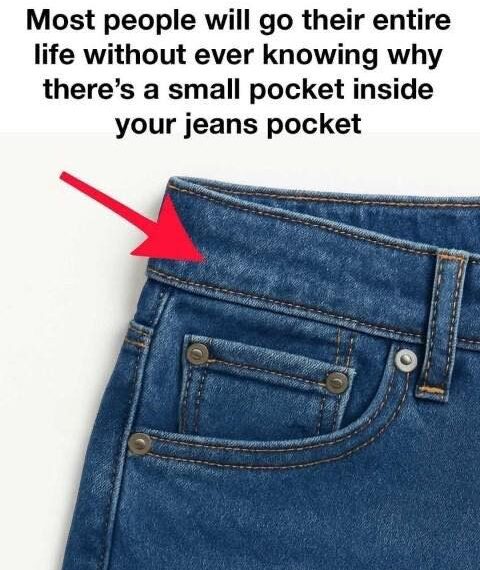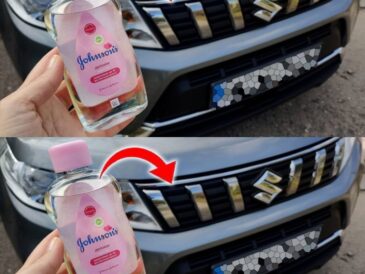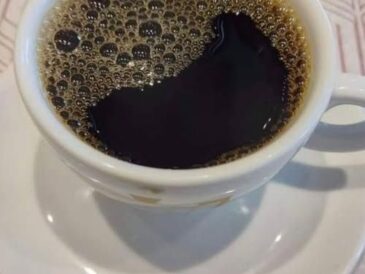Have you ever wondered about that small pocket inside the right front pocket of your jeans? You’re not alone. Millions of people own denim jeans and yet go their entire lives without ever knowing the true purpose of this tiny pouch. It may seem too small for modern-day convenience—barely able to fit coins or a key—but this little pocket has a fascinating history that dates back over a century.
Let’s dive into the origins and evolution of the jeans “watch pocket”, and how it has remained a quirky yet iconic feature in denim design.
🔍 A Look Back in Time: The Birth of the Tiny Pocket
The small pocket dates back to the 1870s, when Levi Strauss & Co. introduced the first pair of blue jeans. At the time, wristwatches were not yet in widespread use. Instead, men carried pocket watches, usually secured on a chain and stored in a waistcoat or trousers pocket.
This little pocket was specifically designed to hold a pocket watch. Levi’s original product advertisements even called it a “watch pocket.” It was a practical addition, helping cowboys, miners, and railroad workers keep their valuable timepieces safe and easily accessible while working.
🧵 The Technical Name: What Is It Actually Called?
While most people call it a coin pocket, watch pocket, or even fifth pocket, there is no official, universal term. In design circles, it’s often just referred to as the “fifth pocket” because it’s the fifth element in the standard five-pocket design of jeans (two front pockets, two back pockets, and the tiny one in front).
💡 Modern-Day Uses
Even though pocket watches are no longer in vogue, denim manufacturers have kept the mini-pocket as a nod to tradition. Surprisingly, people have found a range of modern uses for this little feature:
- Coin holder
- USB stick storage
- Lighter holder
- Guitar picks
- Lip balm or small cosmetics
- Tickets or receipts
- Condom storage
- Key holder
- Jewelry (rings/earrings)
- Fitness tracker or mini-MP3 player (yes, that was a thing!)
It’s become a small but handy compartment for anything that needs to be secure, easy to grab, and unlikely to fall out.
👖 Why It Still Exists
You may wonder: if the original purpose is outdated, why do brands still include it?
Here are a few reasons:
TO CONTINUE READING THE ARTICLE PLEASE SEE PAGE 2




